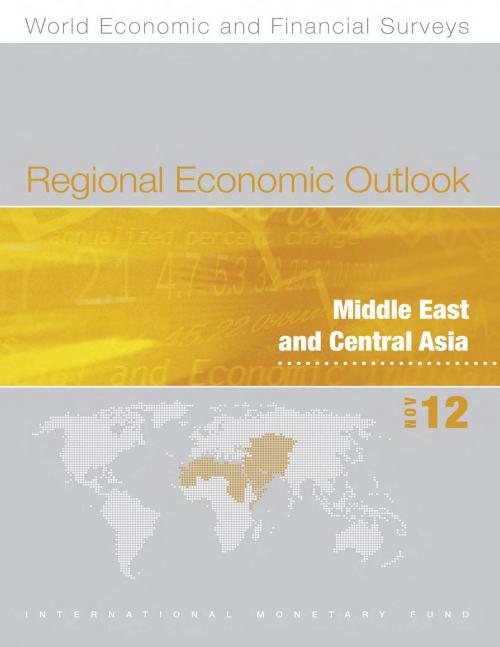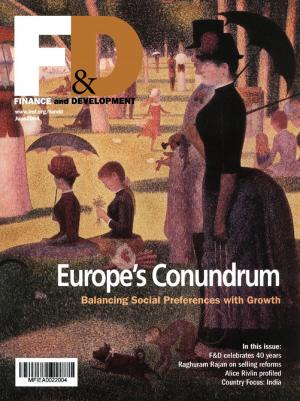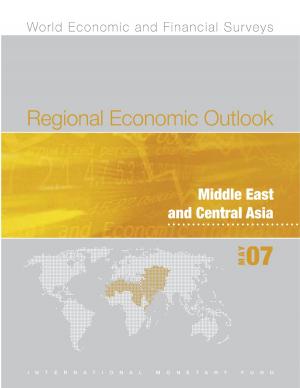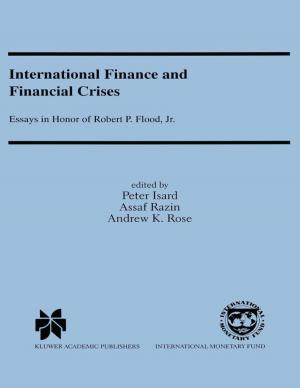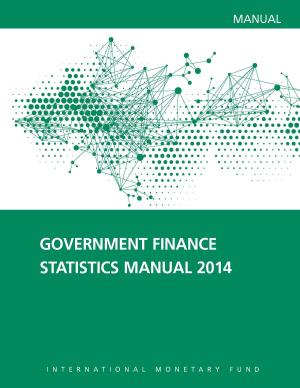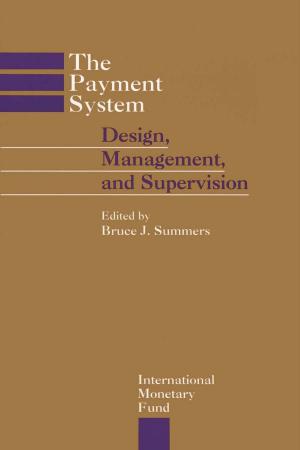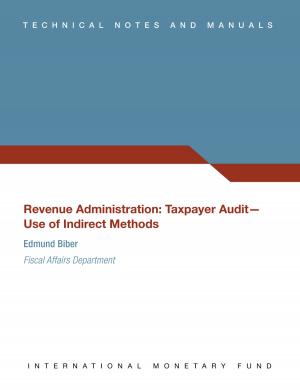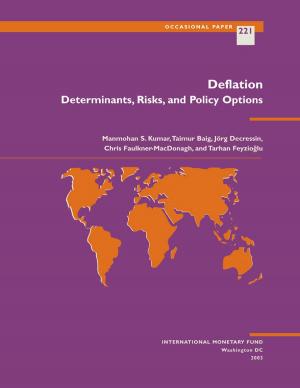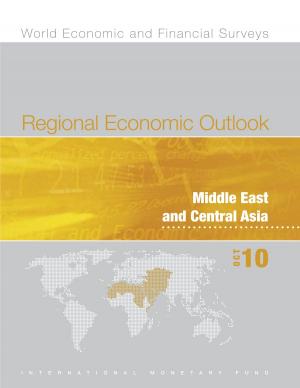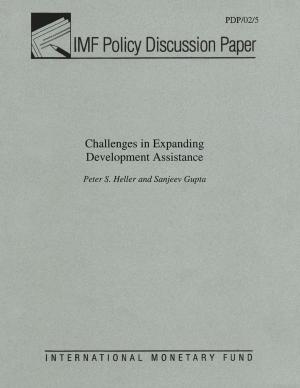Regional Economic Outlook, November 2012: Middle East and Central Asia
Business & Finance, Economics, International Economics, Macroeconomics, Nonfiction, Social & Cultural Studies, Political Science, Politics, Economic Policy| Author: | International Monetary Fund. Middle East and Central Asia Dept. | ISBN: | 9781475578379 |
| Publisher: | INTERNATIONAL MONETARY FUND | Publication: | November 9, 2012 |
| Imprint: | INTERNATIONAL MONETARY FUND | Language: | English |
| Author: | International Monetary Fund. Middle East and Central Asia Dept. |
| ISBN: | 9781475578379 |
| Publisher: | INTERNATIONAL MONETARY FUND |
| Publication: | November 9, 2012 |
| Imprint: | INTERNATIONAL MONETARY FUND |
| Language: | English |
The outlook for the Middle East and North Africa region is mixed. Oil-importing countries are witnessing tepid growth, and the moderate recovery expected in 2013 is subject to heightened downside risks. For the Arab countries in transition, ongoing political transitions also weigh on growth. With policy buffers largely eroded, the need for action on macroeconomic stabilization and growth-oriented reforms is becoming increasingly urgent. Countries will need to put in place safety nets to protect the poor and build consensus for some difficult fiscal choices. The region’s oil exporters are expected to post solid growth in 2012, in part due to Libya’s better-than-expected postwar recovery. In the countries of the Gulf Cooperation Council, robust growth is supported by expansionary fiscal policies and accommodative monetary conditions. In the Caucasus and Central Asia, the outlook remains favorable, reflecting high oil prices that are benefiting oil and gas exporters, supportive commodity prices and remittance inflows benefiting oil and gas importers, and, for both groups, moderate direct exposure to Europe. The positive outlook provides an opportunity to strengthen policy buffers to prepare for any downside risks.
The outlook for the Middle East and North Africa region is mixed. Oil-importing countries are witnessing tepid growth, and the moderate recovery expected in 2013 is subject to heightened downside risks. For the Arab countries in transition, ongoing political transitions also weigh on growth. With policy buffers largely eroded, the need for action on macroeconomic stabilization and growth-oriented reforms is becoming increasingly urgent. Countries will need to put in place safety nets to protect the poor and build consensus for some difficult fiscal choices. The region’s oil exporters are expected to post solid growth in 2012, in part due to Libya’s better-than-expected postwar recovery. In the countries of the Gulf Cooperation Council, robust growth is supported by expansionary fiscal policies and accommodative monetary conditions. In the Caucasus and Central Asia, the outlook remains favorable, reflecting high oil prices that are benefiting oil and gas exporters, supportive commodity prices and remittance inflows benefiting oil and gas importers, and, for both groups, moderate direct exposure to Europe. The positive outlook provides an opportunity to strengthen policy buffers to prepare for any downside risks.
